We Connect the World



Where airplanes land, Opportunities take off.
Click on the options below to learn more about how U.S. airlines connect...
Competition
As air travel has become safer and more accessible, more Americans have taken to the skies. 90% of the U.S. population has flown commercially.
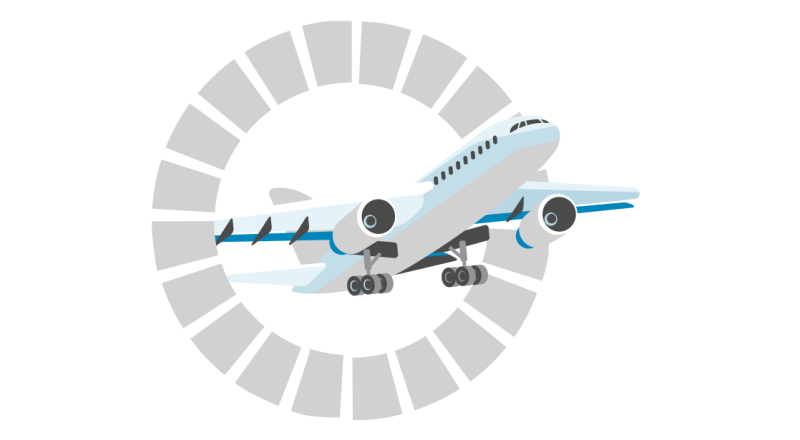
From 2000-2024, the average number of competitors per domestic trip rose from 3.33 to 3.49. In 2021, two new airlines entered the U.S. air-travel marketplace.
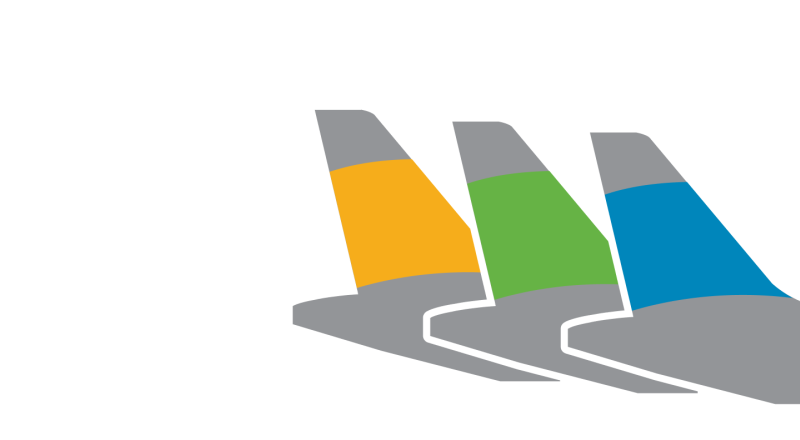
Careers
U.S. passenger airline job growth is outpacing the overall U.S. economy — and we’re still hiring.
Latest Jobs Data
- More than 1 million peopleare directly employed by U.S. airlines.
- More than 10 million jobsare supported by the U.S. airline industry.
Commerce
Commercial aviation drives 5% of U.S. GDP—the equivalent of $1.45 trillion in 2024.
Every additional $1 of airline revenue ties to roughly $3.30 in additional U.S. GDP.
Cargo
U.S. airlines transport 61,000 tons of goods on a daily basis.
Most items shipped are time-sensitive, high-value or of life-saving importance. U.S. airlines fly electronics, fresh food and flowers, live animals and medical supplies like vaccines.
Airlines Give Back
Fly Green
Community Engagement
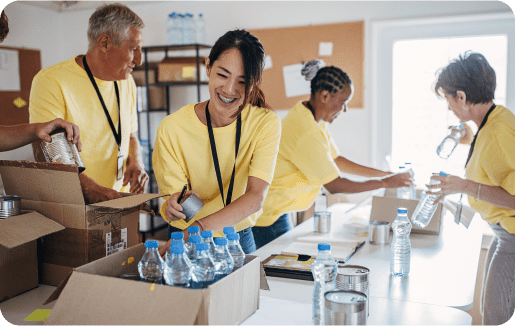
Airlines Give Back
U.S. airlines step up in service to communities — supporting veterans, collecting needed supplies for communities and shipping humanitarian aid oversees.
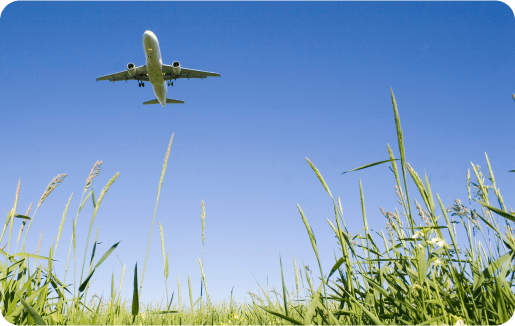
Fly Green
U.S. airlines are committed to net-zero carbon emissions by 2050. U.S. airlines have pledged to work across the aviation industry and with government leaders to make 3 billion gallons of cost-competitive sustainable aviation fuel (SAF) available for use in 2030.
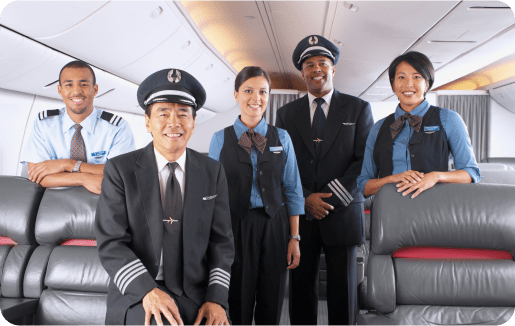
Community Engagement
Our effort to connect the world and engage with communities inspires us to foster a culture of respect among passengers and employees.
Close Site Search
Search Icon Search
0 results
